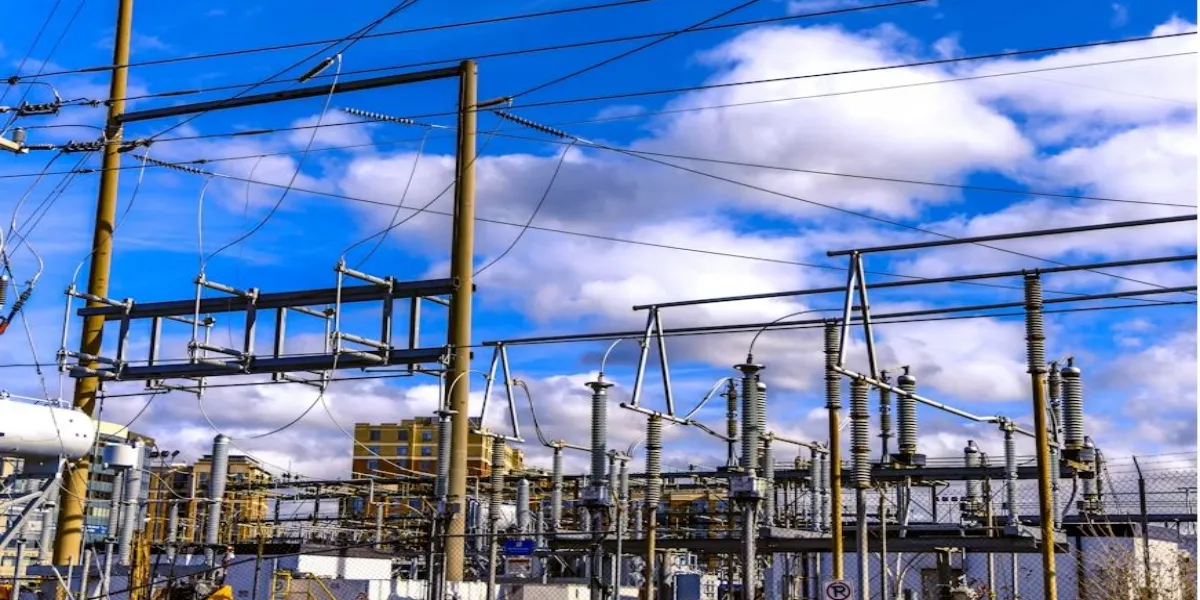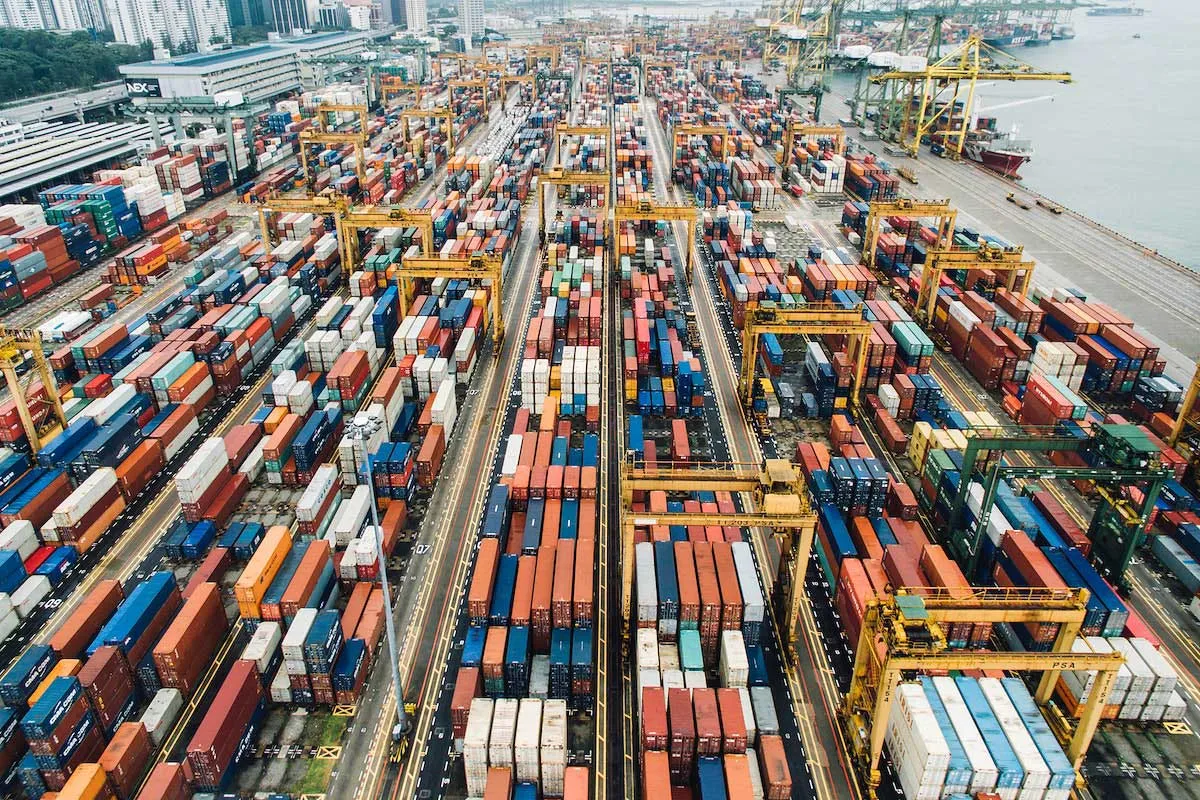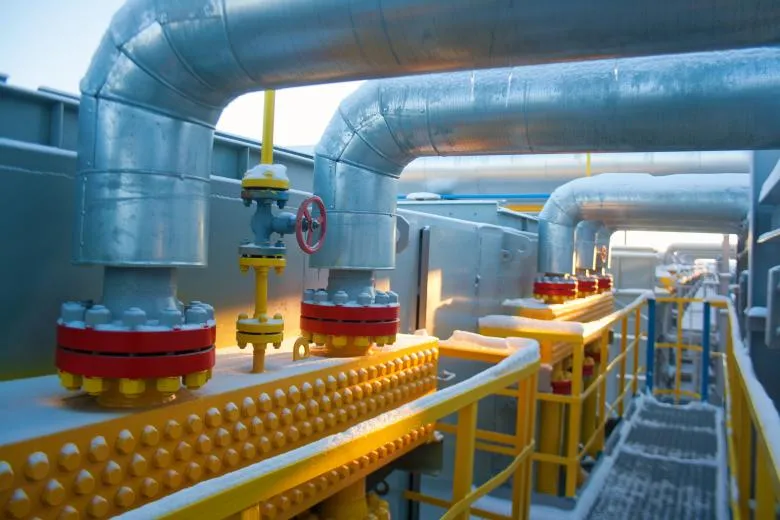
India Achieves 490 MWh Energy Storage Capacity by June 2025

MoPSW Secretary inaugurates Rs 1.93 bn projects at Kandla Port
Vijay Kumar, Secretary, Ministry of Ports, Shipping and Waterways (MoPSW), inaugurated and laid the foundation stone for multiple developmental projects worth Rs 1.93 billion at Deendayal Port Authority (DPA), Kandla, marking a significant step towards strengthening port infrastructure and operational efficiency.During his visit, Sushil Kumar Singh, IRSME, Chairman, Deendayal Port Authority, briefed the Secretary on the port’s strong operational performance, recent achievements, and ongoing as well as upcoming initiatives focused on enhancing capacity, efficiency and sustainability. Vijay Ku..

PNGRB Rolls out unified natural gas tariff from January 2026
The Petroleum and Natural Gas Regulatory Board (PNGRB) has notified a new unified tariff structure for natural gas transportation, marking a major consumer-focused reform aimed at boosting the adoption of cleaner fuels across India. The revised framework will come into effect from January 1, 2026, and is expected to significantly lower transportation costs for Compressed Natural Gas (CNG) and Piped Natural Gas (PNG) consumers.Under the new regime, PNGRB has rationalised the existing tariff structure by reducing the number of tariff zones from three to two—up to 300 km and beyond 300 km. In a..

Indicus Launches Neot? Luxury Interior Emulsion in Tamil Nadu
Indicus Paints, a brand positioned at the intersection of heritage and performance, has launched Indicus Neot? Luxury Interior Emulsion, described as India’s first luxury paint inspired by the cultural essence of Tamil Nadu. The Neot? range blends advanced paint technology with visual and philosophical influences drawn from South Indian art forms, architecture and long-standing traditions, marking a distinct shift in the premium paints segment. Designed to deliver high-end performance, Neot? offers a radiant silky-sheen finish with enhanced scuff resistance and superior washability enabled ..
















